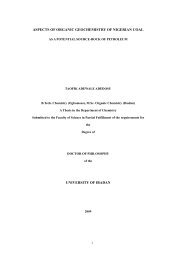View/Open - TWAS & OWSD Thesis Repository Home
View/Open - TWAS & OWSD Thesis Repository Home
View/Open - TWAS & OWSD Thesis Repository Home
You also want an ePaper? Increase the reach of your titles
YUMPU automatically turns print PDFs into web optimized ePapers that Google loves.
antibody positive hy MAC-ELlSA on acute scrum samples arc only provisional andnot necessarily recent infection, but certainly that infection would have occurredsometime in the previous one or two months (WH0,200 l). However, PRNT is morespecific than ELISA because it shows a monotypic reaction to the infecting virusthrough the late convalescent phase of illness (Vordam and Kuno, 1997). It mayshow some degree 0 f heterologous reactivity in scrum taken weeks or months afterthe illness. The previous study reported the prevalence rate of DEN neutralizingantibody as 63% and 42 % in Derived savanna and Rain forest respectively whilethis study showed DE!\ IgM as 1.67%, in Sahel savanna and 1.4% in Rain forest.About 60.0% of the patients in the ecological zones studied had DEN [gGantibodies, which is a clear indication of past exposure to Flaviviruses by long timeresidents in these zones. This observation is supported by a report that the IgGELlSA is very non-specific and exhibits the same broad cross-reactivity amongFlaviviruses as the HI test. Therefore, it cannot be used to identify the infectingflavivirus (WHO, 200 I). Nevertheless, the IgG capture EUSA employed in thisstudy was reported as being 20% more sensitive than HI test in detecting antidengueantibod ies in human serum sampl es (\'orndam and Kuno, 1997)The prevalence rate of DEN IgG antibodies and the ecological zones weresignificantly different with the highest in Sahel savanna (81.7%), Wooded savanna(69.2%), and Rain forest (69.0 0 /,, ) . The least among them were Grass savanna andSudan savanna with 32.6% and 38. I 0!c, respectively. The low percentage of peoplewith DEN 19G antibodies in the two zones is of epidemiological importance. This isbecause any introduction of an epidemic strain or serotypes of any of theFlaviviruses in these zones could result in epidemic due to the presence of highproportion of susceptible host. Vorndam and Kuno (1997) revealed that, because ofthe persistence of IgG antibody and its prevalence in areas of endemic transmission,single serum samples (as in this study) demonstrating the presence of this antibodyhave no clinical significance unless the titcr indicate a secondary serologic response.1n contrary to that report, Thcin (200]), observed that levels of anti dengue IgG inacute phase sera collected from patients during a period of high dengue activitycorrelated with disease severity. This author also reported that sera collected frompatients during the period of moderate tu low dengue activity showed no associationwithdisease severity. In this study, because there is no active surveillance fordengue or other arbovirus activities in Nigeria, it is difficult to di ffercntiate periods._-------------_._--~.14)


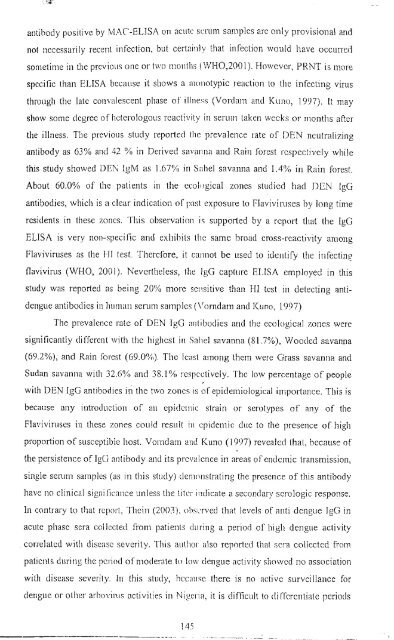

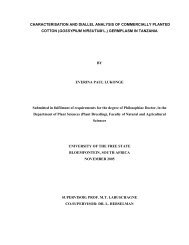

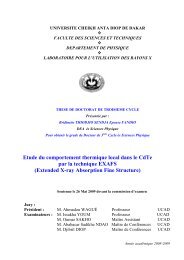
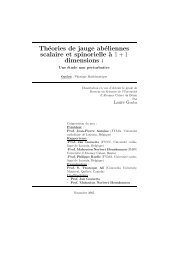
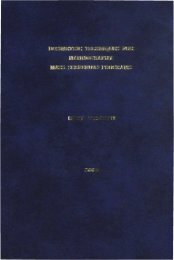

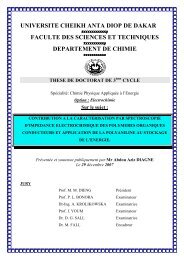
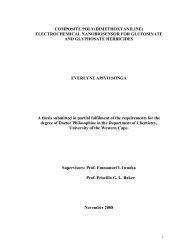


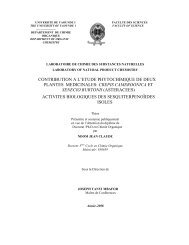
![SYNTHESIS AND ANTI-HIV ACTIVITY OF [d4U]-SPACER-[HI-236 ...](https://img.yumpu.com/30883288/1/190x245/synthesis-and-anti-hiv-activity-of-d4u-spacer-hi-236-.jpg?quality=85)
